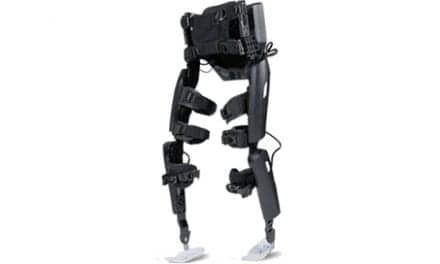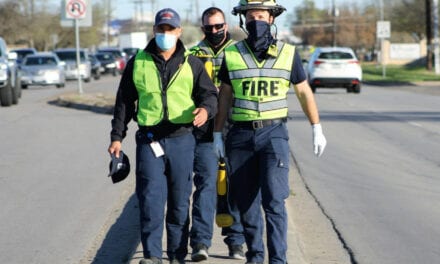Measuring changes in muscle function and identifying compensatory walking gait in young boys could lead to earlier detection of Duchenne muscular dystrophy, researchers opine in a study published in Chaos.
The authors present an index called a relative coupling coefficient, which can be used to quantify the factors involved in the human gait and more accurately screen for Duchenne muscular dystrophy. Using inertial sensors, they measured the movements of different parts of the body in test subjects, viewing the body as a kinematic chain, according to a media release from the American Institute of Physics.
“In sports science, the theory of kinematic chain is the most classical one in explaining the transmission of human body power,” author Jian An says, in the release. “In the process of movement, different links complete the corresponding actions, according to the specific structure at a given time, in order to maintain the relative dynamic stability of the body.”
In the study, researchers placed accelerometers on participants in five locations: both forearms, both leg flanks and the core of the body. As participants walked, time series data was collected to create a core-limb coupling coefficient, which compares core and limb data, and a homolateral-limb coupling coefficient, which compares data from the forearm and leg flank. Combined, these provide a picture of the degree of coupling throughout the whole body.
The study focuses on human walking as a system of subsystems — linked-up body parts that operate cooperatively in a nonlinear complex system. That means linear dynamics in statistical analysis do not describe it well, and nonlinear dynamics models are better suited to the task.
The authors use phase space reconstruction to capture the dynamics in the complex system of the human gait pattern. Their work is based upon Takens’ embedding theory, which allows them to extract the embedding dimension in a one-dimensional time series dataset. The result is a data-infused methodology for screening for Duchenne muscular dystrophy, the release explains.
The authors plan to continue their work to improve the ability of the relational coupling coefficient to increase its accuracy as a tool for diagnosis, as well as develop applications for elderly people, such as predicting fall risk, they conclude in the release.
[Source(s): American Institute of Physics, EurekAlert]





